Incisor.TV talks with Raoul Wijgergangs, CEO EnOcean GmbH
For many years, Incisor.TV has tracked EnOcean, the EnOcean Alliance and the eco-system based on the wireless EnOcean radio standard. We will readily admit that we’ve been a believer in the EnOcean energy harvesting concept from the beginning.
The EnOcean wireless standard is geared to wireless sensors and wireless sensor networks with ultra-low power consumption. It also includes sensor networks that utilize energy harvesting technology to draw energy from their surroundings – for example from motion, light or temperature differences. This principle enables electronic control systems to be used that work independently of an external power supply.
The technology was brought to market by EnOcean GmbH, a venture-funded spin-off company of Siemens AG founded in 2001. EnOcean has driven development of the standard and is a principal supporter of the EnOcean Alliance, a group of companies including EnOcean, Texas Instruments, Omnio, Sylvania, Masco, and MK Electric that was formed in April 2008 and which is a non-profit, mutual benefit corporation.
EnOCean GmbH has recently appointed a new CEO, Raoul Wijgergangs, and we decided now was a good time for Vince Holton to catch-up, and to learn from Raoul what’s happening in the energy harvesting world today.
VH: Welcome to your new role at EnOcean, Raoul. Perhaps you can bring our readers up to speed with EnOcean’s history, and tell us about the directions that the company and EnOcean energy harvesting technology are taking today?
RW: EnOcean was born in the building automation space, but sometimes this term doesn’t mean the same for everybody. What EnOcean defines as building automation is IoT products that are attached into the structure of a building – the walls, the windows, the ceilings, the doors – and which are typically sold to the companies that own these – mostly office – buildings. It’s the building or real estate owners that actually drive the building automation business. It’s also a fairly complex business with different systems, different players and different distribution models. It’s not an easy business to play in, but that business is where we were born. We started there with our switches that don’t need any form of batteries or wiring, which just work forever once installed, and which work really well for that industry.
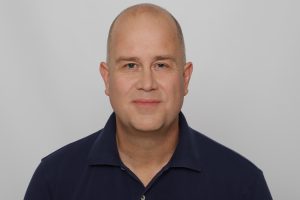
Raoul Wijgergangs, EnOcean GmbH
We then expanded our offering to include what I would call the higher-end smarthome, IoT space. We have worked with partners of the Friends of Hue high-end lighting programme by Philips to add energy-harvesting to that portfolio of switches, allowing people to install them anywhere they wanted.
That was our second area. The third area, which we have now started working on – or expanding in – is what we refer to as smart spaces. We differentiate this from smart buildings, where everything is about the walls, floors, ceilings etc, by saying that smart spaces are about the desks, the access points, the IT infrastructure, and it’s about the people who work for the tenants who are renting the buildings. This is a very different category and one that has a very different set of dynamics. In this space we are enabling these businesses, installing energy-harvesting sensors that will indicate whether a desk is being used or not. If a device can sense vibration on a desk it means that somebody is typing and the desk is in use. If there has been no vibration for an hour, the desk is not being used. How is this useful or relevant? Well, think about how companies are now wanting their workforces to come back to the office after working at home for extended periods of time – or they at least want them to come back for a number of days per week. It is likely that when people do now come back into the office they won’t have their own desk anymore. If offices continued to give everyone their own desk, and those people only came in a few days a week, you would probably have 40% of the desks unoccupied for a lot of the time. The CFOs don’t want this to be the case. They want to conserve space and save money. So, when you go back into the office, instead of going to ‘your’ desk, you will be directed to a desk that the IoT sensors can see is currently unoccupied. When a few people in a certain area leave the office, these same sensors, which will also monitor light and temperature as well as vibration, will switch the lights off. Air conditioning or heating can also be reduced.
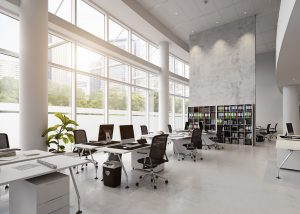
Because we come from a hardware background, with, initially, energy-harvesting switches and now energy-harvesting sensors, it’s logical for us to play in this space. Our partners and customers and the EnOcean Alliance ecosystem are perfectly well placed to address that market. But what we are also now doing, which is new to EnOcean, is to work on the software that sits in the enterprise access point. We first announced this via our partnership with Aruba Networks. Information that is wirelessly transmitted from EnOcean sensors is received by the Aruba access point, which has embedded EnOcean software and connectivity enabled by a USB stick. The data is passed to the Cloud in a super-secure way, and once it is in the Cloud, apps from other companies can manipulate the sensor information that we have made available.
The smart spaces opportunity is now happening now and EnOcean has invested in an entire software suite to capitalise on this.
VH: Has all of this software been developed in-house by EnOcean, or in partnership with companies like Aruba and your smaller integrators, companies such as iaconnect here in the UK?
RW: The software has been developed in-house by EnOcean, but the integration is in partnership with Aruba and the other companies. These companies have tested our software, made sure that it meets all of the enterprise security standards. They have checked that it does what it is supposed to do, that the radio connectivity with the sensors is good and what happens if a sensor doesn’t report in, or if one of the access points goes down. Containerising any problems and making sure that everything is absolutely enterprise-grade, is vital. All of this integration testing and the integration architecture has, then, been managed by our partners.
VH: Are you using an holistic approach? By which I mean, are you integrating data from Bluetooth and Wi-Fi devices as well as EnOcean devices?
RW: Yes, because we don’t only deal with EnOcean energy harvesting, we deal with energy-harvesting with Zigbee, with Bluetooth and so on. So, yes, we take a holistic approach. But the issue that you tend to find is that office access points are typically using Wi-Fi. Under normal circumstances you need to have an access point within 15 metres range of a device, because that works well for laptops and phones. Bluetooth doesn’t really work over that range, so if you were to deploy Bluetooth sensors you would have issues with not having sufficient access points. On the flipside, if you use Wi-Fi, even low-power Wi-Fi consumes so much power that it is really hard to implement energy-harvesting. That is what Aruba and our other partners have already figured out. They kept coming back to us and saying ‘we must have something without batteries’ as they deploy sensors at scale – think 50,000 sensors on one site – and they knew that if they used sensors that use batteries, they will likely have to double the size of the IT department just to manage battery monitoring and replacement. So, it is a perfect fit to do this with energy-harvesting, but you have to look at the radios that suit the energy-harvesting.
Today, the EnOcean radio is a perfect fit. If, in time, a Bluetooth radio becomes available with the same range within the same power budget, or if Wi-Fi becomes available in a sufficiently low-power version that it can be used with energy harvesters, the software in the access point is, indeed, completely holistic or source agnostic and will take whatever data comes at it.
VH: Here at Incisor.TV we have long been believers in the basic, common sense value of the EnOcean energy-harvesting concept. We’re rather surprised that it isn’t yet more universally accepted and used.
RW: The reason EnOcean isn’t yet more universal than it is today (though we are pretty happy with our market penetration so far!) has to do with the fact that we were born into the building automation space. Real-estate owners are not the most tech-savvy people. They tend not to invest in a building once it is constructed and once there is a tenant in it. They think that at that point their job is done. If a tenant moves out and the building is a bit run-down, they may consider putting new carpets in and might at the same time consider putting some tech in there. But it is such a conservative space, and super complex, and this is where we find ourselves. If you wish to enter this market and establish a big presence you have to do so in partnership with a big OEM that has an established distribution channel. A light switch company that has relationships with the electrical installers, for example. Then you can scale that. If you become part of the portfolio of – say – Schneider Electric, MK, Honeywell, then you get access to the market. That’s what EnOcean has done, but it takes a lot of time.
VH: We are aware that some consumers have held back from installing EnOcean on the basis of the fact that the switches were more expensive than conventional, wired switches. Has EnOcean made progress in this area?
RW: The total cost of ownership is important and I know that EnOcean products are, by no means, the least expensive out there. In the commercial environment, total cost of ownership includes calculations based on downtime and the cost of changing batteries and cost-based objections are a lot rarer. In the home, though, people are more inclined to say ‘yeah, I will change a battery, I’m not prepared to pay the £10 or £20 extra for an energy-harvesting switch.’ And I get that. If you don’t have too many units in your home, changing batteries is not too onerous. What we are seeing, though, in new home construction – which is super-sensitive to costs and price-points – is that the builders are saying ‘Hmm, if I install EnOcean I don’t need to create a drop-down from the ceiling box to the switch with tubing and wires.” I know that in the USA they use a cost calculation of $75 for a single drop, which is much more than the cost differential between a conventional light switch and an EnOcean light switch. So it is not hard to see that in new home builds the attraction of using EnOcean switches is clear to see and so you can understand why we are gaining traction. But consumers choosing EnOcean switches and understating the concept of not dropping wires from the ceiling box to wall switches – doing this wirelessly? That is so far-fetched for both them and the electrical installers that they feel that they don’t dare to do that, or they don’t know how to do that.
VH: In the early days I also heard objections to EnOcean light switches based on them not offering sufficiently design-lead style or elegance. Is this improving? I know that you now have nice-looking switches that can even be mounted on glass walls.
RW: It’s all about the partners. As the EnOcean ecosystem has grown, so has the number and diversity of products that have become available. Yes, you are right, we have some really nice switches that can be mounted on glass, but at our own office we have taken things further and now have EnOcean light switches mounted on trees stumps! Because they don’t need batteries and they operate based on the environment around them, we can show that they just go on for ever. The notion of sustainability is very strong with our products, and mounting switches on tree stumps echoes this.
Sustainability is growing in importance, and in the smart space area it’s about doing business with companies that don’t only have a window to innovate when they are changing buildings, but they can do it at any time to improve building performance. Just like adding another notebook to a network, now you can be adding new sensors to the network. The upgrade window is continuous, and this makes the market very interesting.
COVID is one of the drivers at the moment. As the workforce starts to be encouraged to come back into the office, both the employees and the employers have an interest in doing so in a safe and healthy manner, so the distance between desks, ventilation and so on are all of key importance. We are seeing many large offices deploying technology to help manage and optimise return to work.
We can hopefully assume that within two years most of the post-COVID adjustment will have taken place, but, in parallel, there is the second driver, this ongoing concept of sustainability. I would guess that if, in ten years’ time, the owners or directors of a company do not have a sustainability agenda, then they won’t have investors looking to become involved with their company. New generations that are coming along will not buy shares in a ‘dirty’ company. Offices can’t waste energy. If there aren’t people there, don’t heat, light or cool the space. So, while COVID may be a factor for the next two years, sustainability is likely to be a factor for at least two decades. We are so proud to be part and parcel of that, helping our customers with that agenda.
VH: Do you think that the post-COVID commercial building environment, where it is predicted that companies will downsize and need much less office space, will impact EnOcean?
RW: There will certainly be a reduced amount of office real estate. But that is absolutely not a disadvantage for us, because we help facilities planners in the management of these new, different office environments. This type of desk-sharing, resource management and sustainability thinking didn’t exist before. EnOcean fits right in there, so we don’t see these changes as a downside at all, we see it as a massive opportunity for us. Commercial building developers such as JLL and CBRE might see it differently at first, but even they are now starting to think about how a lot of people will increasingly be working out of the ‘Starbucks office’. For the working from home employee, this is a sort of half-way-house option, a different and cool meeting space. So the JLLs and the CBREs, seeing their tenants looking to downsize their offices by 40%, are now starting to look to converting some of the empty office spaces into co-meeting spaces, with food, coffee, larger as well as smaller tables, lazy chairs, desks, phone booths and so on. All of these spaces will need to be managed and booked using sensors. So, in this type of environment, we believe that our technology is going to be in high demand.
VH: Are you already seeing growth in these areas, or are you simply anticipating that it will come?
RW: We are already seeing the growth. We have just closed our financial year and have figures for our tech-based business growth to base our confidence on. We are seeing it completely exploding and we are anticipating as much as tenfold growth in this area next year, and potentially even higher growth the following year. This business is happening now, and it is growing like wildfire for us.

VH: Are you seeing support and take-up for your energy-harvesting concept and for your expertise from amongst the other wireless standards?
RW: We are not religious about radios and protocols. We are religious about sustainability and helping companies with carbon reduction and employee health. Many of the relationships are good and solid, and what we are seeing is that larger corporations such as Microsoft are now getting actively involved with the EnOcean Alliance and with the EnOcean technology. Microsoft is looking at this from the point of view of its own offices, but it is also seeing that this is important for its Azure Cloud Computing platform. We use Azure in the software that runs on these access points, with the data going onto the Azure Cloud.
The partnership with Aruba is working really well for us, and getting better and better. In the beginning there were a few people in Aruba who knew about the partnership with EnOcean, but it is growing and growing. Aruba’s enterprise sales people now know that they can also talk to their customers about IoT solutions for the staff that are coming back to their office. The leads that are being created for us by the Aruba sales people is piling up!
These relationships are important to us and have been crafted over a number of years to position us well in this market for smart spaces. There are more, similar announcements coming very soon, and we will be sure to share them with you.
Related Articles

Leveraging UWB and BLE in Manufacturing Environments
Manufacturing processes are being revolutionized by pin-point tracking and monitoring, leading to optimized workflows and enhanced safety protocols within the factory environment Manufacturers are always on the lookout for innovative solutions to transform their...
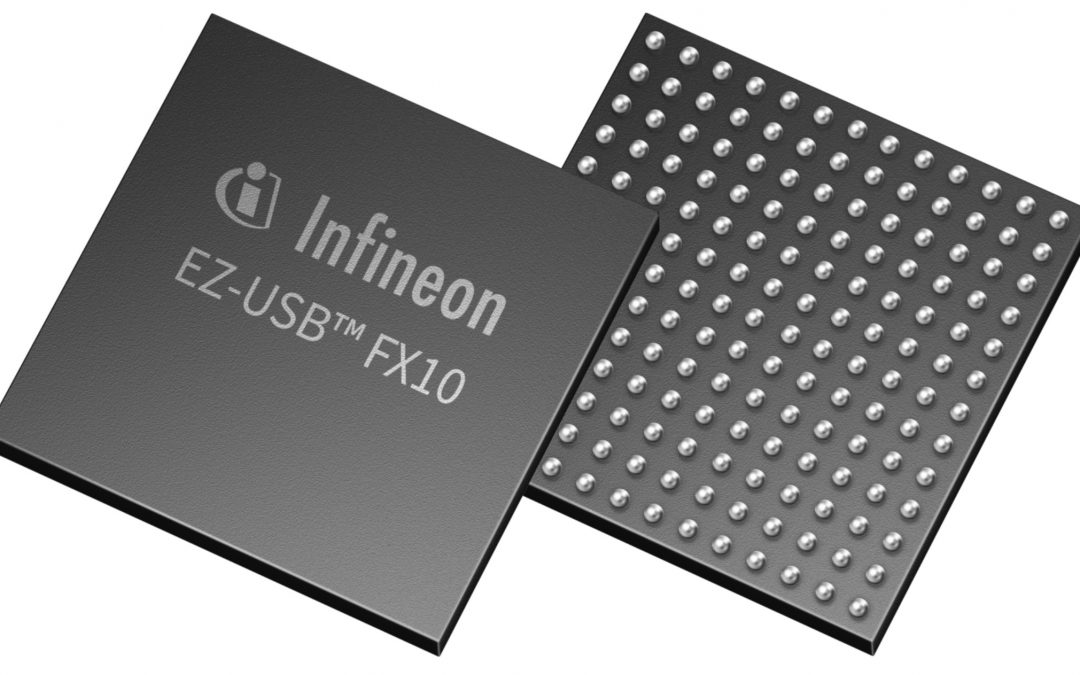
Infineon introduces the industry’s first USB 10 Gbps peripheral controller
Infineon tells us that its EZ-USB family of programmable USB peripheral controllers has continuously advanced features and performance, enabling developers to create USB devices that meet the highest performance requirements in AI, imaging, and emerging applications....

STMicroelectronics highlights deployment-ready smart grid and cellular IoT connectivity innovations
Newly certified smart grid chipset and operator-approved devices for connecting to cellular IoT services STMicroelectronics showcased advancements in multi-utility and smart infrastructure digitalization for sustainability during Enlit Europe, including its newly...
Stay Up to Date With The Latest News & Updates
Our Sponsors
Incisor.TV partners with leading organisations in the technology sector.
Follow Us
And stay up to date with our news! We are active across the key social media platforms – please do follow us!



0 Comments